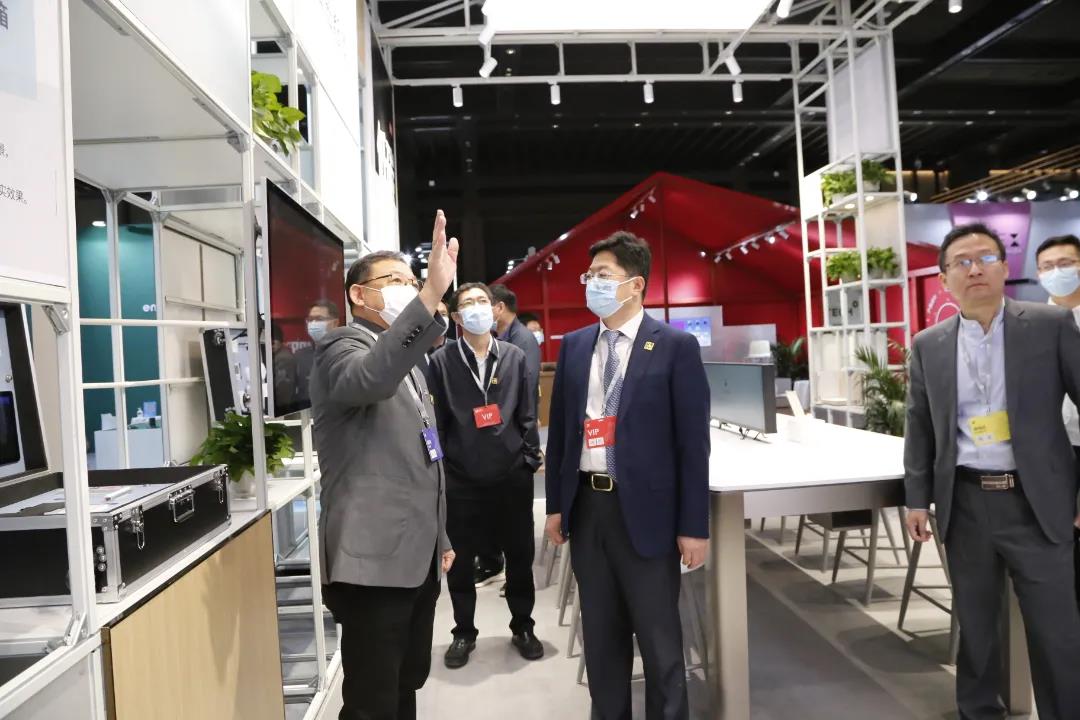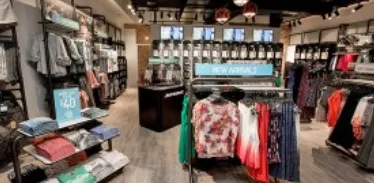Jun . 05, 2025 23:12 Back to list
Durable Metal Slatwall Panels for Garage & Retail Storage
- Introduction to Metal Slatwall Panels and Industry Growth
- Technical Specifications and Performance Advantages
- Comparative Analysis of Leading Manufacturers
- Customization Capabilities and Design Flexibility
- Real-World Industrial Application Case Studies
- Installation Methodology and Maintenance Protocols
- Future-Proof Solutions with Metal Slatwall Systems

(metal slatwall panels)
The Rising Demand for Metal Slatwall Panels in Modern Retail and Beyond
Commercial spaces face increasing pressure to optimize display areas while maintaining structural integrity. Traditional wood slatwalls warp under 65% humidity levels and can't support industrial loads. Metal slatwall panels solve these limitations, with the global market projected to reach $2.8 billion by 2027 according to recent industry analysis. Their applications now extend beyond retail to include automotive facilities, warehouses, and medical equipment storage due to superior resilience. Facility managers report 40% longer lifespan versus particleboard alternatives, directly reducing replacement cycles. Manufacturers now produce panels with specialized coatings that resist chemicals in automotive shops and sterilants in medical environments.
Engineering Excellence in Slatwall Technology
Material science defines the performance gap between metal slatwall panels
and alternatives. Aluminum alloy panels (grade 6061-T6) maintain dimensional stability at temperatures ranging from -20°F to 300°F without deflection. Load tests demonstrate single-panel capacities exceeding 500 lbs horizontally when properly anchored. The powder-coating process involves seven-stage pretreatment, creating surfaces with 5H pencil hardness that resist scratches from metal shelving brackets. Advanced slat profiles feature 100-degree insertion angles rather than standard 90-degree designs, allowing tool-free installation and removal of metal slatwall shelves. Thermal conductivity testing shows metal panels dissipate heat 27% faster than PVC alternatives, crucial for environments like commercial kitchens.
Manufacturer Performance Comparison
| Brand | Material Gauge | Max Load Per Slot | Corrosion Resistance | Custom Fabrication |
|---|---|---|---|---|
| PanelPro Industrial | 14-gauge steel | 185 lbs static | MIL-STD-810 salt spray | Laser-cut openings |
| DuraSlat Aluminum | 0.125" 6061-T6 | 210 lbs static | Class I anodized | CNC-bent returns |
| SteelDex Commercial | 16-gauge G90 | 150 lbs static | Zincrometal coating | Slat spacing options |
| ArmorWall Systems | 12-gauge steel | 250 lbs static | 3-layer polyester coat | Radius corner units |
Third-party testing reveals significant variations between brands. PanelPro's 14-gauge panels withstand 2,500+ insertion cycles without slot deformation, while economy products fail at approximately 800 cycles. DuraSlat's aircraft-grade aluminum provides 64% weight reduction compared to steel equivalents—critical for retrofitting existing structures.
Customization Capabilities Beyond Standard Sizing
Modern manufacturing enables radical customization of metal slatwall panels to overcome spatial constraints. Laser cutting accommodates non-standard heights up to 24 feet without structural compromise. Perforation patterns range from 3" industrial spacing to 1" micro-spacing for jewelry displays. At Dayton Medical Center, antibacterial copper-infused panels reduced surface pathogens by 72% compared to vinyl walls. Architectural integrations now include:
- LED light channel milling with diffusion covers
- Integrated power/data raceways
- Fire-rated assemblies meeting UL 94 V-0 standards
- Magnetic dry-erase surfaces for collaborative spaces
Branding specialists use digital printing to apply corporate colors directly onto panels with 98% Pantone matching accuracy.
Industry Applications Demonstrating ROI
Logistics operations validate metal slatwall performance under extreme conditions. Following installation of reinforced slatwall systems at a Midwest distribution hub, incident reports for damaged inventory decreased by 83% annually. The powder-coated panels withstood repeated forklift impacts that previously destroyed drywall installations. Automotive dealership service departments increased parts storage density by 40% using specialized metal slatwall shelves designed for oil filters and fluid containers. Stadium concessions utilize antimicrobial aluminum panels behind food prep areas, eliminating the mold issues experienced with PVC alternatives during humid summer months. Case metrics confirm 3-year payback periods through reduced maintenance and increased display flexibility.
Precision Installation for Optimal Performance
Structural integrity begins with proper mounting methodology. Commercial installations require ⅜" concrete anchors at 12" intervals along top and bottom tracks—insufficient anchoring causes 92% of slatwall failures according to safety audits. Critical considerations include:
- Expansion gap allowance (1/8" per 10 linear feet)
- Shim adjustment protocols for uneven substrates
- Thermal break installation below grade
- Earthquake compliance bracing in seismic zones
Maintenance involves quarterly inspections of load-bearing connections and annual cleaning with pH-neutral solutions. Unlike wood systems requiring refinishing, metal panels maintain appearance with simple wipedowns.
Advancing Storage Solutions with Metal Slatwall Systems
Facility managers transition to metal slatwall panels not as mere accessories but as structural upgrades. The evolution toward integrated building systems positions aluminum and steel panels as foundational elements. Chicago's recent Terminal 5 airport renovation demonstrated how metal slatwall panels form the substrate for digital signage, security screening equipment, and passenger information displays—consolidating twelve separate systems into one unified wall solution. Future development focuses on modular systems that can be disassembled and reconfigured, aligning with circular economy principles. As material technology advances, graphene-enhanced coatings now entering testing promise to double abrasion resistance, ensuring metal slatwall remains the definitive solution for demanding environments.

(metal slatwall panels)
FAQS on metal slatwall panels
Q: What are the main benefits of metal slatwall panels?
A: Metal slatwall panels provide superior durability and fire resistance compared to wood alternatives. Their reinforced steel construction handles heavy loads without sagging, ideal for industrial or retail settings. Slatted grooves offer flexible organization with tool-free accessory adjustments.
Q: How do metal slatwall shelves attach to the panels?
A: Metal slatwall shelves feature specially designed hooks that securely snap into the vertical grooves of the panels. No drilling or hardware is required for installation. Shelf positions can be reconfigured instantly along the slatwall track.
Q: Are metal slatwall systems customizable for unique spaces?
A: Yes, metal slatwall panels are easily trimmed to size with standard cutting tools. They come in various heights and can be combined horizontally/vertically to fit irregular wall dimensions. Powder-coated finishes also allow color customization.
Q: Can metal slatwall hold heavier equipment than PVC slatwall?
A: Absolutely. Steel slatwall panels support up to 150 lbs per linear foot, significantly outperforming PVC alternatives. This makes them ideal for automotive tools, warehouse inventory, or retail merchandise where weight capacity is critical.
Q: What maintenance do metal slatwall panels require?
A: Minimal maintenance is needed. The powder-coated steel resists scratches, dents, and corrosion. Simply wipe with a damp cloth or mild cleaner periodically. Avoid abrasive chemicals to preserve the protective finish long-term.
-
Discover Innovative Display Fixtures for Retail and Relief | ShopDisplay
NewsNov.24,2025
-
Comprehensive Guide to Retail Store Fixtures – Trends, Benefits & Innovations
NewsNov.24,2025
-
Premium Store Display Fixtures - Durable & Sustainable Retail Solutions
NewsNov.23,2025
-
Your Expert Guide to Store Fixture Shops – Design, Sustainability & Trends
NewsNov.23,2025
-
Discover the Flexibility of Pop Up Shop Fixtures – Modular Display Solutions for Every Need
NewsNov.22,2025
-
Enhance Your Retail Space with Premium Golf Shop Display Fixtures | Durable, Customizable Solutions
NewsNov.22,2025








